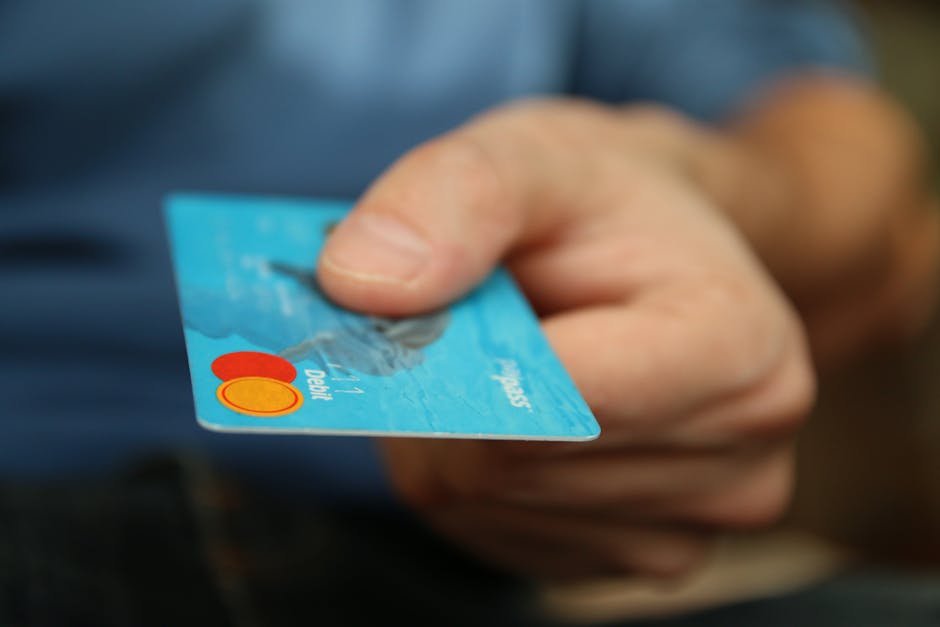 Photo from pexels
Photo from pexelsOriginally Posted On: The MATCH List | All you Need to Know (globallegallawfirm.com)
If you’re reading this article, you’ve likely just found out (as many merchants do) you’ve been added to the Terminated Merchant File (TMF), also known as the MATCH List. Now, you’re in a panic to find out just what this list and reason codes are and what can be done about it. But don’t worry. You’re not the only merchant around who has been caught in this situation.
In a nutshell, if you have a merchant account, you have a bank that provides the account being used for processing credit card payments. These banks communicate with each other and share a listing of all the high-risk merchants, which helps them avoid taking on high-risk accounts. This is the MATCH List.
Most merchants don’t even realize they’re on this list until they submit an application for a merchant account to a new processor, and are subsequently declined. By this time, unfortunately, it’s too late not to be on the list, and the only recourse you have is to remove yourself from it. Global Legal Law Firm has a lot of experience with MATCH List cases and can help you resolve this matter in a timely and effective manner with minimal disruption to your business.
Basics: What’s the List?Maintained by Mastercard, the MATCH List exists to keep track of businesses with a credit card processing account that has been terminated by an acquiring bank. It’s similar to the Terminated Merchant File (TMF), which is an older system that has gradually been replaced by the MATCH List.
When a bank considers whether or not to accept you for a merchant account, it will check Mastercard’s list to determine if your business entity is listed. If your business, yourself or your business partner appears on the list, you will probably be denied. It’s sort of like a blacklist processors and the banking world use.
That being said, just because you’re on the list doesn’t necessarily mean you will be denied. The acquiring bank may contact the bank that has terminated you to find out why the decision was made. You could still be accepted, depending on your merchant file details and the new processor’s tolerance level for risk such as chargebacks. You may even be put on a “probation” of sorts, whereby the bank gives you a conditional acceptance that will restrict your account in certain ways.
How is a Business Added to MATCH?Your merchant account may end up on Mastercard’s list for any number of things. The most likely culprit is violating Mastercard’s security rules. If you are placed on the MATCH List, you will received a reason code. Once a bank has determined your merchant file represent too much of a risk and decides to close your account, you will then likely pop up in the database. In the past, reasoning was muddied, but recently, Mastercard has created clearer guidelines for merchants and processors to follow.
Some reasons you may appear on the list include:
- Consistent problems with transactions, such as fraud or excessive chargebacks.
- Poor security measures that have resulted in data compromises.
- History of illegal activity such as fraudulent transactions, money laundering, or collusion.
Unfortunately, sometimes, the reason why you’re placed on the list is totally out of your control, such as when your identity has been stolen and used to open a merchant account. These are easier types of cases to argue as opposed to a merchant file with an excessive chargeback history or directly violated Mastercard’s security rules.
How to Remove Your Business From the ListMastercard keeps merchants in the system for five years. Obviously, you don’t have that kind of time to wait until you’re naturally taken off the list. This will leave the burden on you, the merchant, to address this matter.
In full transparency: it’s not easy, and no law firm can guarantee any specific results. The only way is to work with the bank that has entered you into the system in the first place. Depending on the reasons why you were put into the database, there are some steps you can take to resolve the situation. Some causes are nearly impossible to get around, such as a fraud conviction.
On the other hand, excessive chargebacks – the top reason businesses appear on the MATCH List – can be resolved with time. Once you have rectified a chargeback and no new ones have happened in the recent past, the bank may see you as less risky merchant and remove you. Unfortunately, there are no hard and fast rules about how quickly the bank must remove a merchant, so you’re really at the mercy of the banking institution.
If your addition to the list was done erroneously, or if you were added due to identity theft, you will need to acquire the bank’s contact details so they can launch an investigation and request a correction.
Other SolutionsKeep in mind that you don’t have to be removed from the MATCH List in order to open a merchant account. Some banks will still be willing to consider you, but again, the likelihood of success will depend greatly on why you were added to the list to begin with.
Even though removal from the database is ideal, some banks are just notoriously stubborn and hard to work with. If you find this is happening to you, it’s time to take legal action. The attorneys at Global Legal Law Firm work MATCH/TMF cases frequently – Global has the expertise to provide you with the best opportunities to overcome the hurdles MATCH list placement brings. and can ensure swift removal.
The Global Legal Law Firm DifferenceTo learn more about what the MATCH List is and how we might be of assistance, contact us today for your free consultation call: (888) 846-8901.